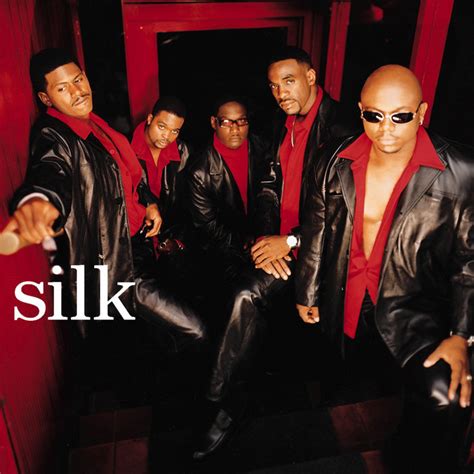In the realm of music, there exists a profound connection between the rhythmic elements that underpin a song and the emotional response it elicits from listeners. This connection is intricately tied to the concept of the “groove line,” a term used to describe the infectious, repetitive pattern of rhythms that can make a song irresistible to move to. The groove line is more than just a musical element; it’s an experiential gateway that transports us to moments of pure joy, deep introspection, and communal celebration.
To delve into the essence of the groove line, it’s essential to understand its historical context. The evolution of music genres, from funk and soul to hip-hop and electronic dance music, has been significantly influenced by the pursuit of creating the perfect groove. Artists like James Brown, with his pioneering work in funk, laid the groundwork for future generations to experiment with rhythm and groove. Brown’s music, characterized by its hard-driving rhythms and repetitive hooks, embodied the essence of the groove line, encouraging listeners to lose themselves in the beat.
One of the key factors that contribute to a song’s groove line is its rhythmic complexity. This complexity can arise from the interplay between different instruments, each contributing its unique rhythmic pattern to create a rich tapestry of sound. For instance, in funk music, the bass line often plays a crucial role in establishing the groove, with the drummer and percussionists adding layers of complexity through their rhythms. This interplay not only adds depth to the music but also challenges the listener to engage more actively with the song, anticipating and responding to the rhythmic cues.
The psychological impact of the groove line cannot be overstated. Research has shown that music with a strong, consistent beat can stimulate the brain’s motor control systems, encouraging movement and synchronizing the body’s internal rhythms with the external rhythm of the music. This phenomenon is observable in any dance setting, where individuals, despite their differences, move in unison to the rhythm, creating a sense of community and shared experience. The groove line, in this context, acts as a universal language, transcending verbal communication and directly engaging our primal urge to move and express ourselves through dance.
Moreover, the groove line has a profound effect on our emotional states. Music has long been recognized for its therapeutic potential, with the groove line playing a central role in this regard. The repetitive, rhythmic patterns can induce a state of flow, a psychological concept describing a mental state of complete absorption in an activity, where one’s skills match the challenges of the task. Listening to music with a compelling groove line can transport us to this state, providing a temporary escape from the stresses of everyday life and offering a sense of liberation and joy.
In addition to its psychological and therapeutic benefits, the concept of the groove line has also been a subject of interest in the realm of neuroscience. Studies using functional magnetic resonance imaging (fMRI) and electroencephalography (EEG) have shed light on how the brain processes rhythmic music, revealing complex networks of activity involving areas responsible for movement, emotion, and memory. The anticipation and satisfaction of rhythmic expectations are found to activate the brain’s reward system, releasing dopamine and reinforcing the desire to continue listening and engaging with the music.
The cultural significance of the groove line is equally profound. In many societies, music and dance are integral parts of cultural heritage, with specific rhythms and grooves associated with traditional ceremonies, celebrations, and storytelling. The groove line, in these contexts, serves not only as a form of entertainment but also as a means of cultural preservation and transmission. It bridges generations, allowing younger members to connect with their cultural roots through the universal language of music and dance.
For musicians, crafting a compelling groove line is both an art and a science. It requires a deep understanding of rhythm, timing, and the psychological impact of music on its listeners. The process of creating music that resonates with people on a primal level involves experimentation, intuition, and a keen sense of what makes people move. Whether through the use of traditional instruments or modern electronic production techniques, the pursuit of the perfect groove line remains a central challenge and opportunity for innovation in music.
In conclusion, the groove line is a multifaceted concept that encapsulates the essence of music’s power to move, inspire, and unite us. Through its rhythmic patterns, emotional resonance, and psychological impact, the groove line transforms music into an experiential phenomenon that transcends the mere act of listening. As we continue to explore and innovate within the realm of music, the pursuit of the groove line remains a vital and enduring quest, one that promises to reveal new dimensions of human expression and connection.
What is the significance of the groove line in music?
+The groove line is significant because it creates the infectious, repetitive pattern of rhythms that can make a song irresistible to move to. It has a profound psychological impact, stimulating the brain's motor control systems and inducing a state of flow. The groove line also plays a crucial role in music's therapeutic potential and its ability to unite people through a shared experience of movement and expression.
How does the groove line affect our emotional states?
+The groove line has a profound effect on our emotional states by inducing a sense of joy, liberation, and communal celebration. Music with a strong, consistent beat can stimulate the brain's reward system, releasing dopamine and reinforcing the desire to continue listening and engaging with the music. This makes the groove line a valuable tool in music therapy and a key element in the psychological impact of music.
What role does the groove line play in cultural heritage?
+The groove line plays a significant role in cultural heritage by serving as a means of cultural preservation and transmission. Specific rhythms and grooves are often associated with traditional ceremonies, celebrations, and storytelling, allowing younger generations to connect with their cultural roots through music and dance. The groove line, in this context, bridges generations and communities, highlighting the universal language of music.
As we delve deeper into the realm of the groove line, it becomes evident that its significance extends far beyond the confines of music, touching upon aspects of psychology, culture, and human connection. The groove line is not just a musical element but a powerful tool that can evoke strong emotional responses, create shared experiences, and bridge cultural divides. Its pursuit and creation continue to inspire musicians and captivate audiences, ensuring that the groove line remains an enduring and vital element of our musical heritage.



